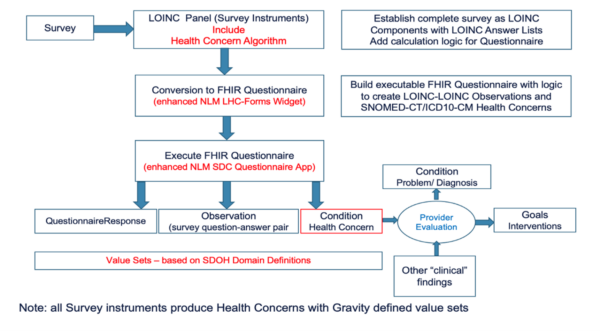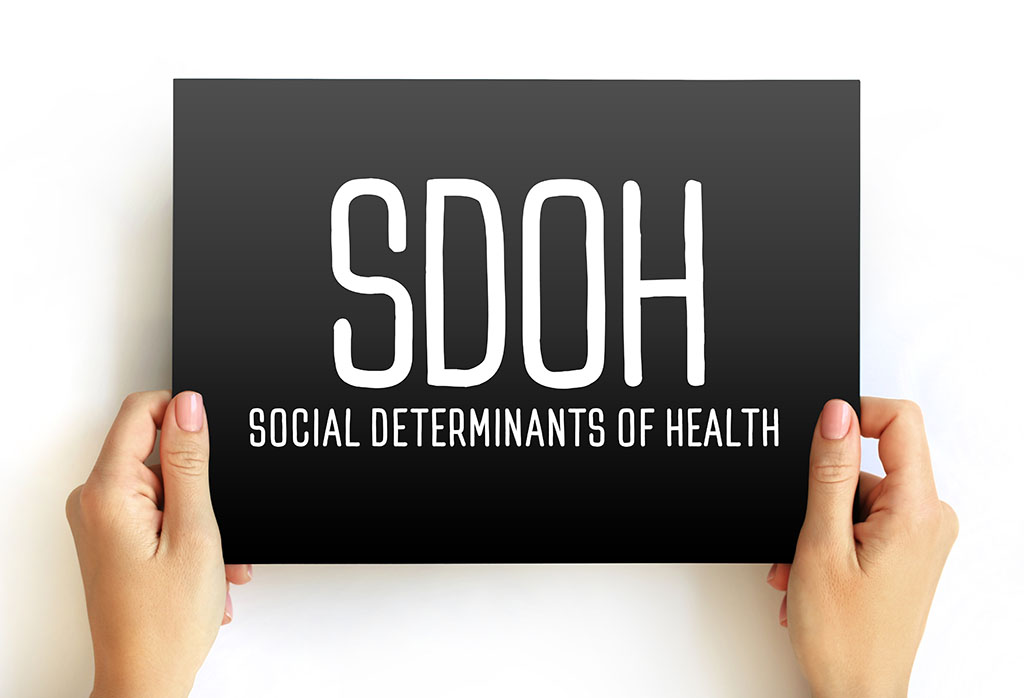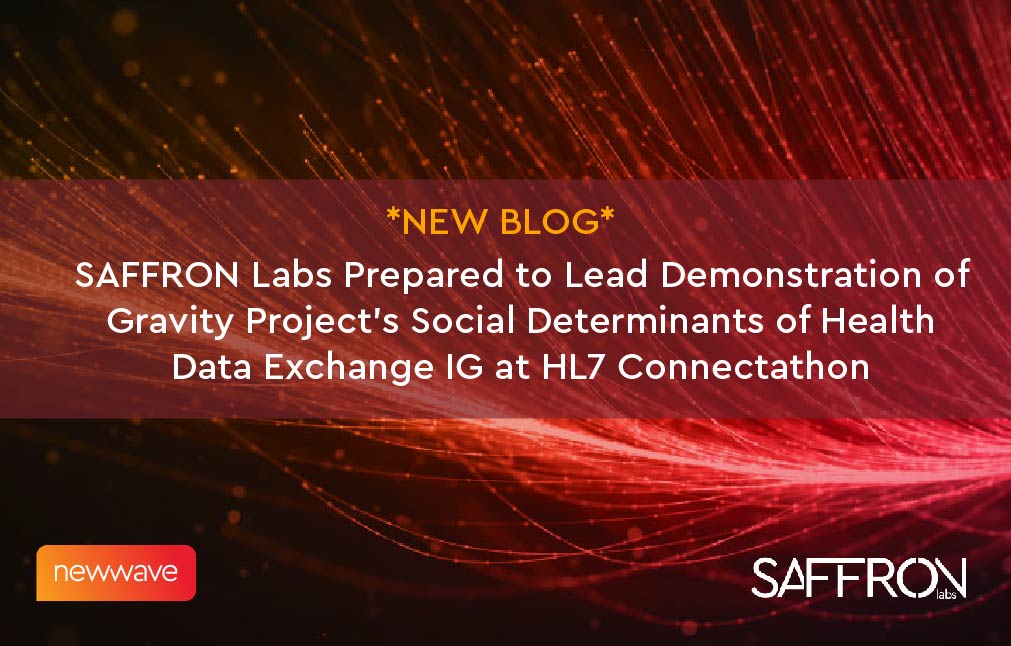The Gravity Project has announced the publication of the STU2 SDOH Clinical Care Implementation Guide. The STU2 release builds on the impressive and important foundation the “public collaborative” of the Gravity Project (an HL7 FHIR Accelerator) has created for what really is a paradigm changing cultural conversation about what counts as healthcare data and who has access to it.
The IG objective is deceptively simple: “This IG addresses the need to gather SDOH information in multiple settings, share that information between stakeholders, and exchange referrals between organizations to address specific social risk needs, all with appropriate patient consent.” And as with any HL7 FHIR-based software, there is plenty of detailed computer science and semantic codification requirements to better enable the healthcare and social services sectors to better coordinate care and improve outcomes. The STU2 IG moves the ball toward a new kind of connectivity at this intersection, leveraging the promise of interoperability that can dramatically reduce the burden and improve the results for all.
While we are not there yet, the extensive and diverse group of collaborators and the leadership of the Office of National Coordinator of Health Information & Technology and Health Level 7 International have made the work of the Gravity Project more than just an engineering exercise. The pandemic taught federal, state and local governments that inequities built into our society. Payers have the enlightened self-interest that health is not always — or often – determined by what happens in the doctor’s office. Hospitals and health centers know their EHR tools are inadequate. Wise clinicians and social workers have always wanted to take care of human beings where and how they live and not just treat the pathologies of disease.
This IG gets us closer to making social need and social risk primary care considerations by enabling coordination that works.
The Patient Speaks (in Code)
While the “closed-loop referral” remains an important goal for many involved in the Gravity Project and in the discussion of SDOH more generally, we should not diminish the importance of another element of the IG: the collection of self-reported patient and population data through standardized questionnaires and surveys. It is a national shame that we simply do not have meaningful race, ethnicity, language, sexual orientation and gender identity data as a part of our healthcare palette. Moreover, self-reported life experience does not need to be left to the time-crunch of the office visit. This IG gets us closer to empowering self-reports from the patient in the way only computer code can.

Saffron Labs is looking forward to supporting this paradigm change in 2023.




